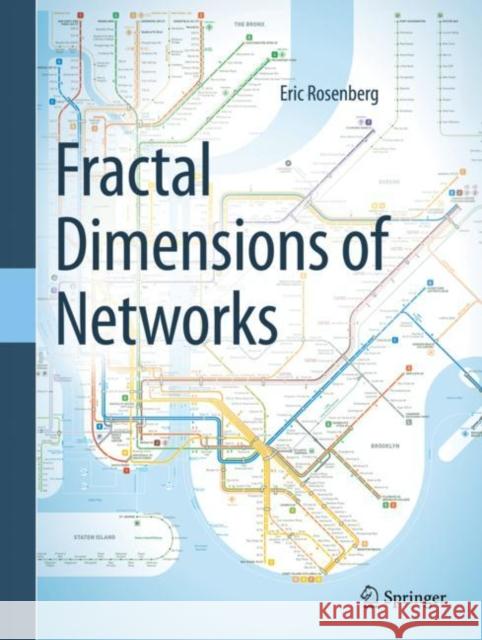Fractal Dimensions of Networks » książka
topmenu
Fractal Dimensions of Networks
ISBN-13: 9783030431686 / Angielski / Twarda / 2020 / 524 str.
Fractal Dimensions of Networks
ISBN-13: 9783030431686 / Angielski / Twarda / 2020 / 524 str.
cena 362,27
(netto: 345,02 VAT: 5%)
Najniższa cena z 30 dni: 346,96
(netto: 345,02 VAT: 5%)
Najniższa cena z 30 dni: 346,96
Termin realizacji zamówienia:
ok. 22 dni roboczych
Dostawa w 2026 r.
ok. 22 dni roboczych
Dostawa w 2026 r.
Darmowa dostawa!
Kategorie:
Kategorie BISAC:
Wydawca:
Springer
Język:
Angielski
ISBN-13:
9783030431686
Rok wydania:
2020
Wydanie:
2020
Ilość stron:
524
Waga:
1.48 kg
Wymiary:
28.45 x 21.59 x 3.05
Oprawa:
Twarda
Wolumenów:
01
Dodatkowe informacje:
Wydanie ilustrowane











